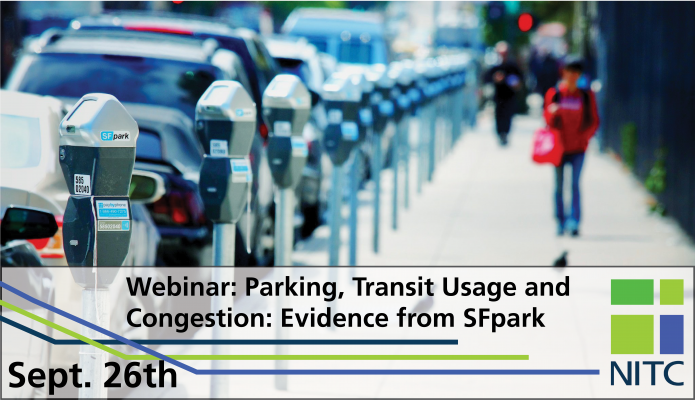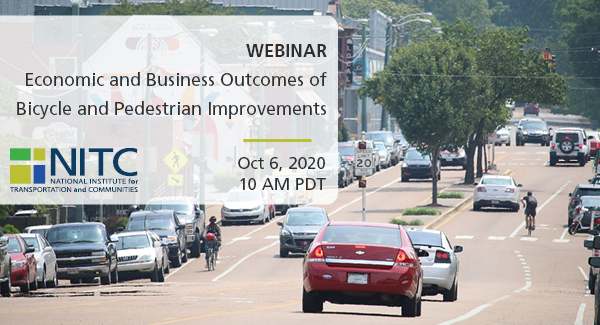The video begins at 2:23.
Where curb parking is free and overcrowded, many drivers cruise for a curb space rather than pay to park off-street. Research throughout the last century has shown that cruising for parking accounts for a substantial share of the t in city centers. Charging the fair market price for curb parking can elimina this cruising and all its harmful side effects. Because city governments set the prices for curb parking, they play a large part in determining whether drivers cruise. Cruising for curb parking stems from faulty public prices.
Underpriced curb parking is a perverse subsidy because it encourages drivers to congest traffic, pollute the air, and waste fuel. Cities then spend more money trying to fix the congestion and pollution problems they have created. If cities want to reduce traffic congestion, reduce air pollution, reduce energy waste, reduce greenhouse emissions, improve neighborhoods, and do this all quickly, they should charge the fair market price for curb parking and spend the resulting revenue to improve local public services. Getting the price of curb parking right will do a world of good.
Donald Shoup has extensively studied the issue of parking as a key link between transportation and land use, with important consequences for cities, the economy, and the environment. His research on employer-paid parking led to the passage of California’s parking cash-...
Read more

